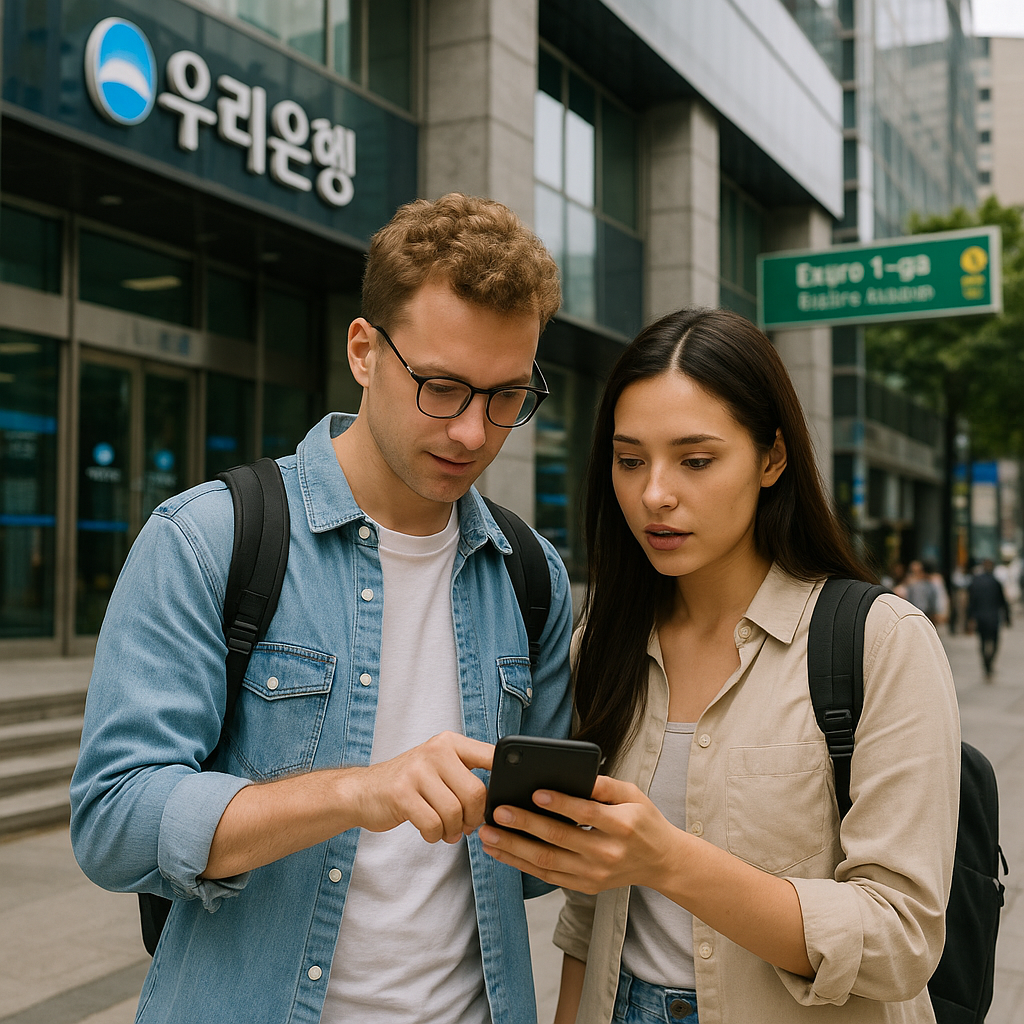Introduction:
Transportation in Korea is clean, efficient, and affordable—but only if you know how to use it right. For foreigners, especially first-time visitors, navigating Korea’s buses, subways, and taxis can be confusing. This guide will give you not just general information, but real tips that can save you money and time while avoiding costly mistakes.
1. What’s the real cost of getting around Korea as a foreigner?
On average, a single subway or bus ride in Korea costs around 1,400–1,650 KRW using a transportation card (T-money or Cashbee). But many foreigners overpay due to not knowing how to use these tools correctly.
Basic Transport Costs:
- Subway (base fare): 1,400 KRW with card (vs. 1,500+ KRW cash)
- Bus (base fare): 1,500–1,800 KRW depending on type
- Taxi (base fare): 4,800 KRW (daytime, Seoul), increases with distance/time
Smart Ways to Save:
- Use a T-money card: Works on buses, subways, some taxis, and even convenience stores
- Transfer discounts: Available only when using T-money (free or reduced transfer fees between bus and subway)
- Load your card with 20,000–30,000 KRW for a 3–5 day stay
Tourist Transport Passes:
- Korea Tour Card: Special T-money card with discounts at tourist sites
- Discover Seoul Pass: Includes transport + admission to 30+ attractions
- Not ideal for long-term use; better for 1–3 day visitors
2. Top 3 mistakes foreigners make with Korean public transit
Mistake 1: Using cash instead of T-money
Paying cash for each ride costs more and removes transfer discounts.
Mistake 2: Not tapping out properly
When transferring, not tapping your card on the exit reader can prevent discount eligibility or result in extra charges.
Mistake 3: Getting lost due to language or bad app choice
Many foreigners rely on Google Maps, which is often inaccurate in Korea.
Solutions:
- Use Naver Map or KakaoMap – both have English modes
- Always tap in and out (bus/subway) with T-money card
- Avoid cash; find T-money cards at convenience stores like GS25, CU, 7-Eleven
3. Essential apps every foreigner needs for transport
| App | Use | Language Support |
|---|---|---|
| Naver Map | Navigation | English, Chinese, Japanese |
| KakaoMap | Alternative to Naver | English interface, accurate directions |
| Kakao Metro | Subway schedules and routes | English UI available |
| Kakao T | Call taxis, estimate fare | English version available |
Why Google Maps Fails in Korea:
- Incomplete data due to national security restrictions
- Poor walking directions
- Inaccurate bus/subway routes
4. Taxi tips, scams, and how to ride smart
Types of Taxis:
- Regular (silver/orange): Metered fare, safe
- Deluxe (black): Higher base fare, more comfortable
- International taxi: English-speaking drivers, fixed airport rates
When to Avoid:
- Late night (surge pricing)
- Near nightlife zones (some drivers refuse foreigners)
Smart Moves:
- Always check for working meter
- Use Kakao T to book safely and avoid refusals
- Save screenshots of destination in Korean
- Avoid handing over cash before confirming the fare
5. Money-saving simulation: Tourist vs. Local strategy (7-day trip)
| Scenario | Average Total Transport Cost |
| Tourist using cash/taxis | 80,000–100,000 KRW |
| Tourist using T-money + apps | 40,000–60,000 KRW |
| Local strategy (T-money + transfer discounts) | 30,000–40,000 KRW |
Conclusion: You can save up to 50–70% in transit costs just by using the right tools and avoiding simple mistakes.
Conclusion:
Korea’s transportation system is one of the best in the world—but only if you use it right. With the tools and strategies above, you’ll not only travel smarter but save money and avoid stress. Bookmark this guide and ride with confidence.
